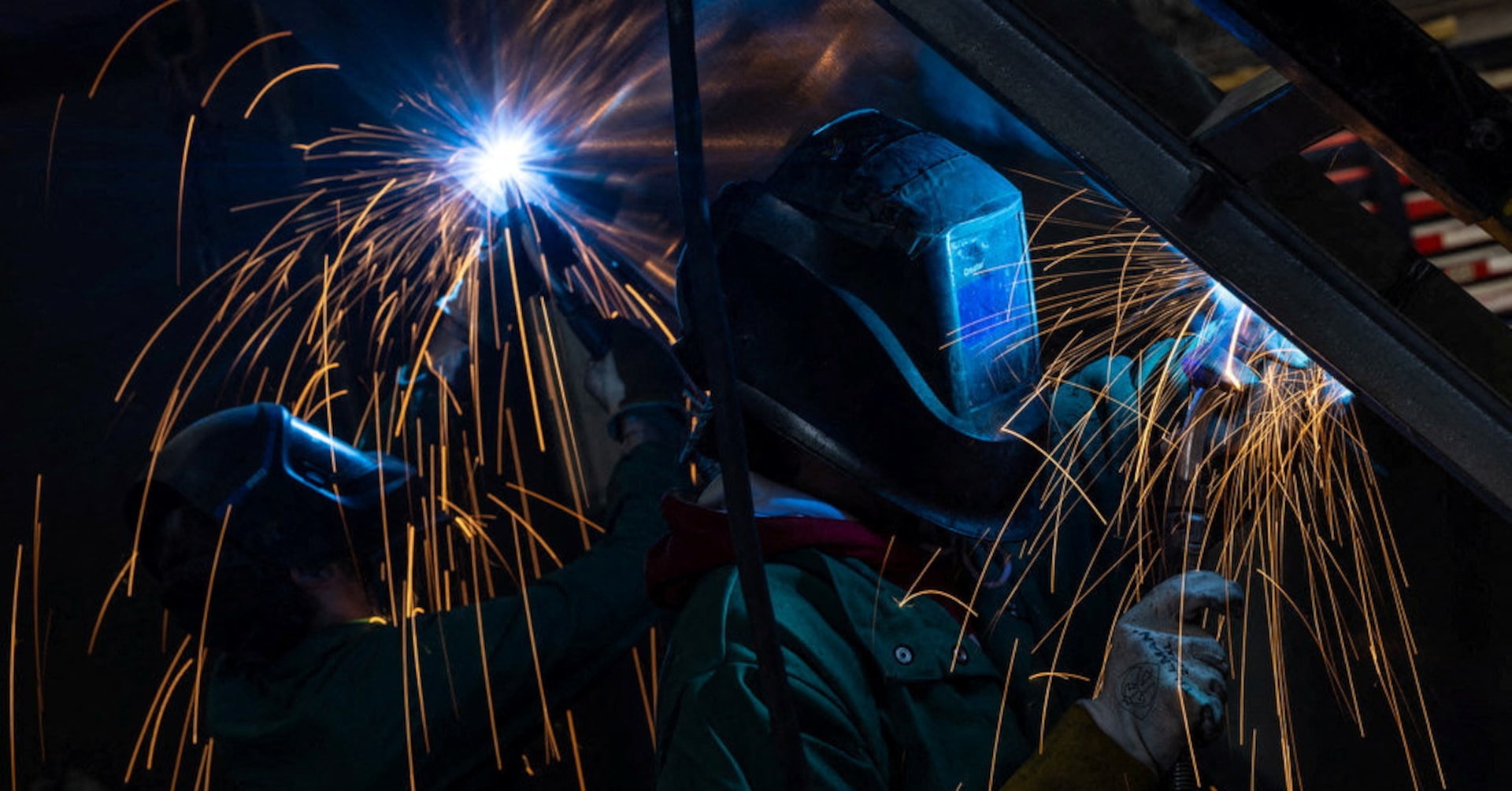From Global Tensions to Local Innovation: How One Florida Factory is Rewriting the Manufacturing Playbook
Manufacturing
2025-04-08 17:00:37Content

In an era of escalating global trade tensions, businesses are increasingly turning to reshoring as a strategic solution to mitigate risks. Tariffs and trade wars have exposed the vulnerabilities of traditional global supply chains, prompting companies to rethink their manufacturing strategies.
The emerging trend points to a revolutionary approach: proximity manufacturing. By establishing microfactories closer to end consumers, businesses can dramatically reduce logistical complexities and respond more quickly to market demands. A prime example of this innovative model is Haddy's, a manufacturing facility in Florida that exemplifies the power of localized production.
These decentralized manufacturing hubs offer multiple advantages: reduced transportation costs, shorter supply chains, increased flexibility, and enhanced responsiveness to local market needs. As global economic uncertainties continue to challenge traditional manufacturing paradigms, proximity-based production emerges as a robust and adaptable strategy.
Companies are discovering that being closer to their customers isn't just a logistical convenience—it's a competitive advantage. By reimagining manufacturing through a lens of local resilience and agility, businesses can transform potential disruptions into opportunities for innovation and growth.
Revolutionizing Manufacturing: The Rise of Microfactories in a Globalized Economy
In an era of unprecedented economic volatility and global supply chain disruptions, businesses are reimagining traditional manufacturing strategies. The landscape of production is undergoing a transformative shift, driven by geopolitical tensions, trade complexities, and the urgent need for more resilient and adaptive manufacturing approaches.Navigating Economic Uncertainty: Smart Manufacturing Takes Center Stage
The Changing Dynamics of Global Production
The traditional model of centralized manufacturing is rapidly becoming obsolete. Global economic pressures, including escalating trade tensions and increasingly complex international regulations, are compelling companies to rethink their production strategies. Businesses are discovering that centralized manufacturing, once considered cost-effective, now presents significant risks and vulnerabilities. Emerging economic strategies are prioritizing flexibility and proximity. Companies are recognizing that geographical distance can create substantial logistical challenges, increased transportation costs, and potential supply chain interruptions. The solution lies in a more decentralized approach that brings production closer to consumer markets.Microfactories: A Paradigm Shift in Manufacturing
Microfactories represent a revolutionary concept in modern manufacturing. These compact, technologically advanced production facilities are designed to be nimble, efficient, and strategically located near target markets. Unlike traditional large-scale manufacturing plants, microfactories offer unprecedented adaptability and responsiveness. The technological infrastructure supporting microfactories is increasingly sophisticated. Advanced robotics, artificial intelligence, and precision manufacturing technologies enable these smaller facilities to compete with larger industrial complexes. They can rapidly prototype, produce small batches, and quickly adapt to changing market demands.Economic and Strategic Advantages of Localized Production
Localized production through microfactories provides multiple strategic advantages. By reducing transportation distances, companies can significantly lower carbon emissions and transportation costs. The proximity to local markets allows for faster product iterations, more personalized manufacturing, and quicker response to consumer preferences. Moreover, microfactories create local economic opportunities. They can stimulate regional employment, support local supply chains, and contribute to economic diversification. The Haddy's microfactory in Florida exemplifies this trend, demonstrating how innovative manufacturing approaches can revitalize local economies.Technological Innovation Driving Microfactory Development
Cutting-edge technologies are fundamental to the microfactory revolution. Advanced 3D printing, modular manufacturing systems, and real-time data analytics enable these compact facilities to operate with remarkable efficiency. Machine learning algorithms can optimize production processes, predict maintenance needs, and enhance overall operational performance. The integration of Internet of Things (IoT) technologies allows microfactories to maintain seamless communication across distributed production networks. This connectivity ensures consistent quality control, rapid problem-solving, and enhanced operational transparency.Geopolitical Resilience Through Distributed Manufacturing
In an increasingly unpredictable global environment, microfactories offer a strategic buffer against geopolitical uncertainties. By diversifying production locations and reducing dependence on single geographic regions, companies can mitigate risks associated with trade wars, political instabilities, and potential supply chain disruptions. The ability to quickly reconfigure production capabilities provides businesses with unprecedented strategic flexibility. Microfactories can be rapidly deployed, scaled, or relocated in response to changing economic conditions, offering a level of adaptability previously unimaginable in traditional manufacturing models.RELATED NEWS
Manufacturing

Nvidia Breaks Ground: First U.S.-Based AI Supercomputer Factories Set to Revolutionize Tech Landscape
2025-04-14 15:41:00
Manufacturing

Lutnick's Bold Bet: How Tech and Robots Will Spark America's Industrial Comeback
2025-04-03 22:36:49
Manufacturing

AI Revolution: How Smart Systems Are Outperforming Traditional ERP in MRO Management
2025-03-28 11:19:03




